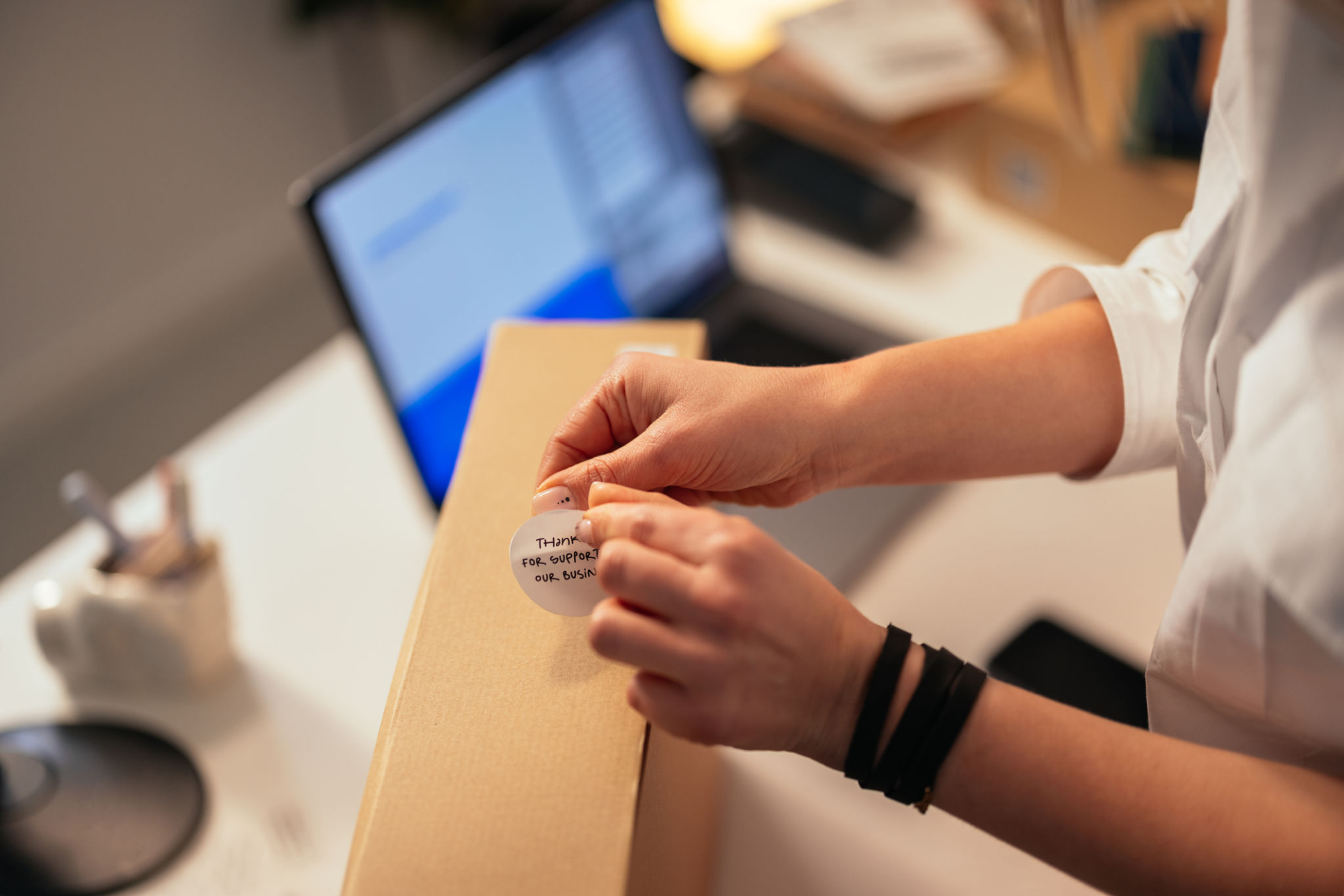DIY Tips for Effective Transport Packaging Solutions
Understanding the Basics of Transport Packaging
Transport packaging plays a crucial role in the supply chain by ensuring that products reach their destination safely and intact. Whether you are a small business owner shipping handmade goods or an individual sending gifts, understanding the fundamentals of effective packaging is essential. The right packaging not only protects your items but also minimizes costs and environmental impact.
When considering transport packaging solutions, it's important to think about the size, weight, and fragility of your items. These factors will influence the choice of materials and methods you use. A well-packaged item can save time and money by reducing damages and returns.

Choosing the Right Materials
One of the first steps in creating an effective transport packaging solution is selecting the right materials. Cardboard boxes are a popular choice due to their versatility and strength. They are available in various sizes and thicknesses, making them suitable for a wide range of products.
For added protection, consider using bubble wrap or foam peanuts, especially for fragile items. These cushioning materials absorb shocks during transit, reducing the risk of damage. Additionally, using biodegradable or recycled materials can enhance your packaging's sustainability.
Optimizing Packaging Design
The design of your packaging can greatly impact its effectiveness. To optimize your packaging design, start by measuring your items accurately. This will help in selecting the correct box size, which should be slightly larger than the item to allow for cushioning materials.
Use dividers or partitions for multiple items in one package to prevent them from colliding. For oddly shaped items, custom packaging can be a worthwhile investment to ensure a snug fit and reduce movement during transit.

Sealing and Labeling
Proper sealing is essential to protect contents from external elements like moisture and dust. Use high-quality packing tape to seal all seams and edges securely. For heavy packages, consider using reinforced tape for added strength.
Labeling is another crucial aspect of transport packaging. Ensure that your labels are clear and legible, displaying all necessary information such as delivery addresses, handling instructions, and barcodes. This not only aids in swift delivery but also helps in reducing the chances of misplacement.
Testing Your Packaging Solutions
Before committing to a packaging design, it's wise to test its effectiveness. Conduct drop tests, vibration tests, and compression tests to evaluate how well your packaging protects the contents. These tests simulate real-world shipping conditions and can highlight potential weaknesses.

Remember that feedback from customers can also be invaluable. Encourage them to share their experiences with your packaging so you can make continuous improvements.
Sustainable Packaging Practices
As environmental awareness grows, many businesses are shifting towards more sustainable packaging solutions. Using materials that are recyclable, biodegradable, or made from renewable resources can significantly reduce your carbon footprint.
Consider adopting a minimalist approach by reducing excess packaging materials. Not only does this help the environment, but it can also lower shipping costs by reducing package weight and volume.
Conclusion
Effective transport packaging solutions are a blend of the right materials, design, and practices. By carefully considering each aspect of your packaging strategy, you can ensure safe delivery, customer satisfaction, and a positive impact on the environment. Whether you're new to shipping or looking to refine your existing process, these DIY tips can guide you toward more efficient and sustainable practices.